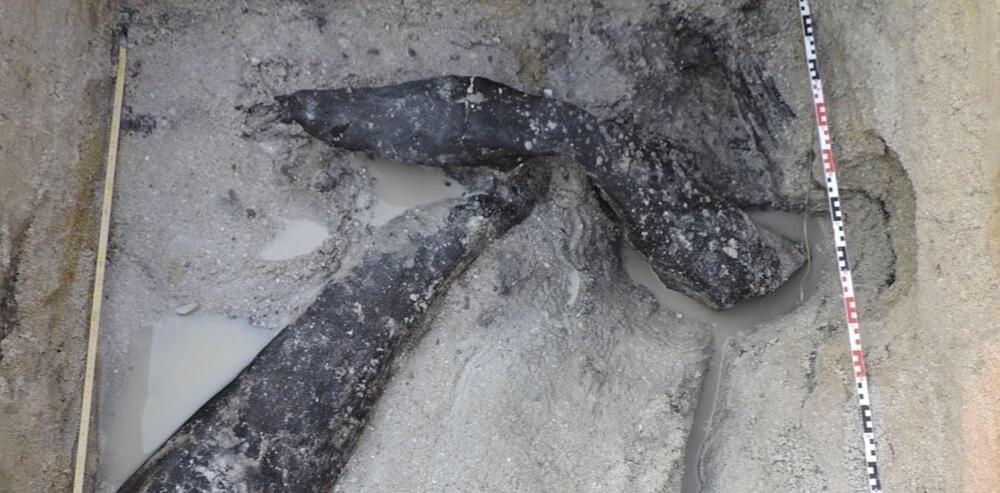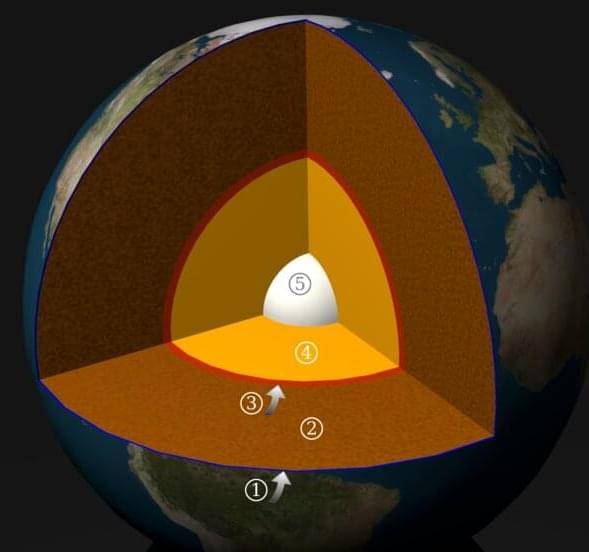The Economist is hiring. Just a heads up.
An opportunity to join our graphics team.


To most people, complex technologies separate modern humans from their ancestors who lived in the Stone Age, thousands or hundreds of thousands of years ago. In today’s fast changing world, older technologies, even those from a few years ago, are often described dismissively as “Stone Age.”
Such terms serve to disconnect us from our ancient relatives, who were much more sophisticated than we sometimes think they were.
A team led by archaeologist Larry Barham at the University of Liverpool recently published robust and well dated evidence for the earliest known use of wood technology. The wooden structure, along with artifacts, date to 476,000 years ago and have been excavated from waterlogged deposits at Kalambo Falls, Zambia.

Dr. Michael Demkowicz predicted self-healing in metal; this summer it was finally observed, shocking scientists around the world.
A microscopic crack grew in a very small piece of platinum when placed under repetitive stretching. The experiment, designed to study fatigue crack growth, continued as predicted for a while. But then, something unexpected happened. The crack stopped growing and instead began to get shorter, effectively “healing” itself.
This incredible observation was made by a group of researchers at Sandia National Laboratories while conducting fracture experiments on nanocrystalline metals. The findings were recently published in the journal Nature.
An exploration of ten of the spookier technosignatures SETI might detect in the future.
My Patreon Page:
https://www.patreon.com/johnmichaelgodier.
My Talk Show Channel:
https://www.youtube.com/eventhorizonshow.
Music:
Cylinder Five by Chris Zabriskie is licensed under a Creative Commons Attribution license (https://creativecommons.org/licenses/by/4.0/)



If you could sink through the Earth’s crust, you might hear, with a carefully tuned ear, a cacophany of booms and crackles along the way. The fissures, pores, and defects running through rocks are like strings that resonate when pressed and stressed. And as a team of MIT geologists has found, the rhythm and pace of these sounds can tell you something about the depth and strength of the rocks around you.
“If you were listening to the rocks, they would be singing at higher and higher pitches, the deeper you go,” says MIT geologist Matěj Peč.

Inspired by the annual growth of tree rings, researchers at Harvard University developed protein fibers that record the history of a cell as fluorescent bands carrying information about time and gene regulation.
Check out the infographic here:
Meenakshi is the Editor-in-Chief at The Scientist. Her diverse science communication experience includes journalism, podcasting, and corporate content strategy. Meenakshi earned her PhD in biophysics from the University of Goettingen, Germany.
View full profile.

An international team of researchers has uncovered evidence of the largest solar storm ever identified by studying ancient tree rings.
The evidence points to a colossal spike in radiocarbon levels from 14,300 years ago, found in tree rings from the French Alps.
The colossal storm discovered by the scientists originated from the Sun and was so powerful that a similar event would be catastrophic with modern technology.
